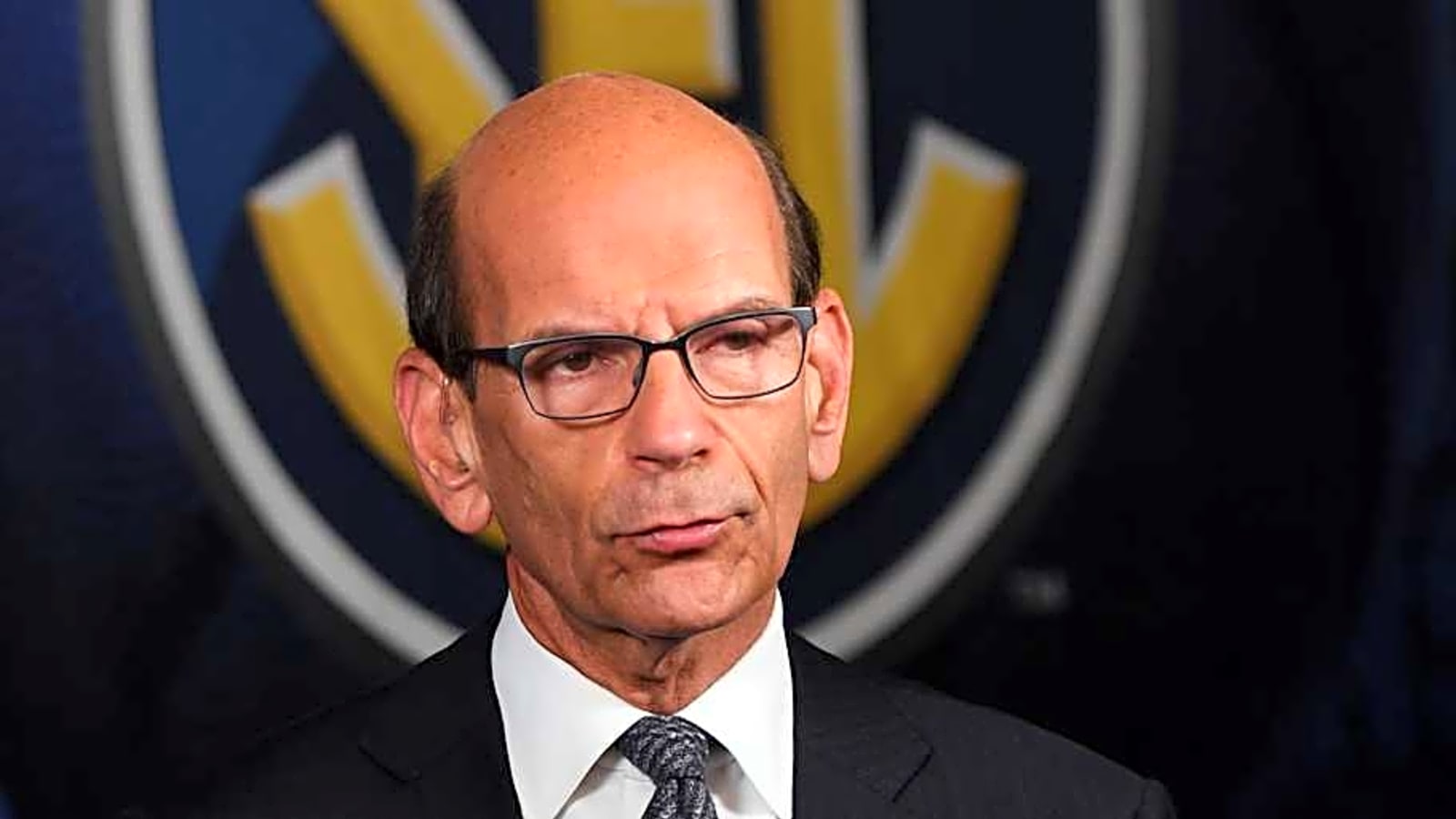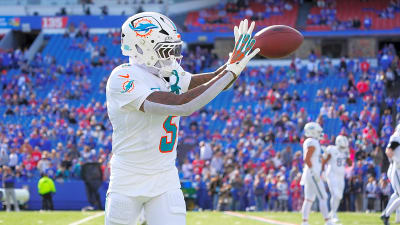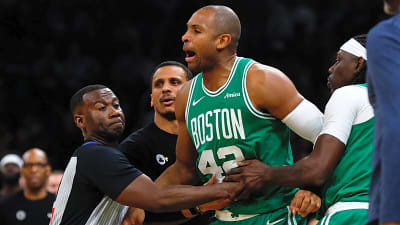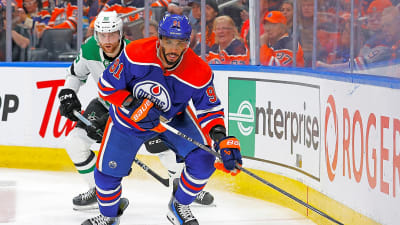
College athletics are in for a monumental change this week, as the House v. NCAA settlement takes effect on July 1, opening the door for a revenue sharing model that will shift the NIL space.
Schools will be allowed to share up to $20.5 million directly to athletes in 2025 with that number increasing incrementally each year. And every NIL deal over $600 will be subject to the NIL Go clearinghouse ran by Deloitte and set up by the College Sports Commission.
As college athletics continue to move closer to a business relationship with athletes, the potential for collective bargaining – much like what is currently in place in all four major US sports leagues – could be around the corner.
The possibility is a concerning one for former Alabama and pro quarterback Greg McElroy, who joined the New York Jets during the NFL lockout of 2011.
McElroy voiced his concern to fellow ESPN analyst Paul Finebaum, claiming that college athletes would get "absolutely burried" in a collective bargaining process.
Finebaum's response pointed out another underlying concern of non-revenue sports potentially being decimated, or cut altogether, as schools adjust to the revenue-sharing model and spend millions of dollars on sports like football and basketball.
"That's a really good point, Greg, but the one thing I'm wondering about is how much the middle and the bottom is going to be cared for anymore," Finebaum said Monday on "McElroy and Cubelic in the Morning."
"I hear, 'Well, we've got to balance the books.' That's a shot across the bow," Finebaum continued. "And I'm wondering – as much as what you said makes sense and is real – how much the athletic directors, in spite of what they say, what do they really mean? ... How much power do they really have?"
Finebaum brought up the fact that college football has witnessed a shift in leadership, with the establishment of general manager positions. And he is wondering how much leverage athletic directors and commissioners have in the new era.
It's unclear just how much power that position actually holds, but multiple examples included former NFL head coaches and executives – like Ron Rivera at Cal and Jim Nagy at Oklahoma – positions that are well aware of collective bargaining.
All things considered, McElroy and Finebaum didn't come to a solid answer on the matter as schools themselves also search for answers.
"I don't think we really know, or have any idea, how this next six months to a year is going to work out," Finebaum said.
More must-reads:
- Dolphins make a surprising move for retired Pro Bowl TE in trade with Giants
- Is Steelers' Mike Tomlin on the hot seat after latest offseason splash?
- The 'NFL head coaches' quiz
Breaking News
Trending News
Customize Your Newsletter
 +
+
Get the latest news and rumors, customized to your favorite sports and teams. Emailed daily. Always free!








